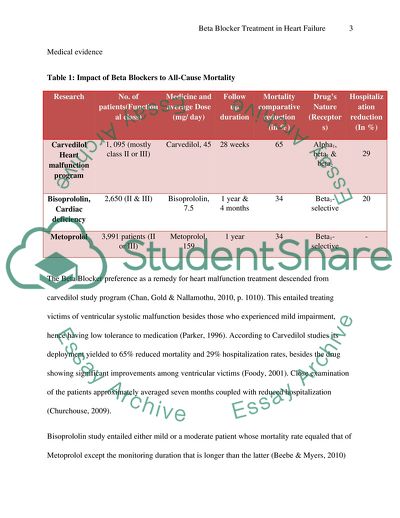Cite this document
(Beta Blocker Treatment in Heart Failure Literature review Example | Topics and Well Written Essays - 3250 words, n.d.)
Beta Blocker Treatment in Heart Failure Literature review Example | Topics and Well Written Essays - 3250 words. https://studentshare.org/health-sciences-medicine/1771859-beta-blocker-treatment-in-heart-failure
Beta Blocker Treatment in Heart Failure Literature review Example | Topics and Well Written Essays - 3250 words. https://studentshare.org/health-sciences-medicine/1771859-beta-blocker-treatment-in-heart-failure
(Beta Blocker Treatment in Heart Failure Literature Review Example | Topics and Well Written Essays - 3250 Words)
Beta Blocker Treatment in Heart Failure Literature Review Example | Topics and Well Written Essays - 3250 Words. https://studentshare.org/health-sciences-medicine/1771859-beta-blocker-treatment-in-heart-failure.
Beta Blocker Treatment in Heart Failure Literature Review Example | Topics and Well Written Essays - 3250 Words. https://studentshare.org/health-sciences-medicine/1771859-beta-blocker-treatment-in-heart-failure.
“Beta Blocker Treatment in Heart Failure Literature Review Example | Topics and Well Written Essays - 3250 Words”. https://studentshare.org/health-sciences-medicine/1771859-beta-blocker-treatment-in-heart-failure.


